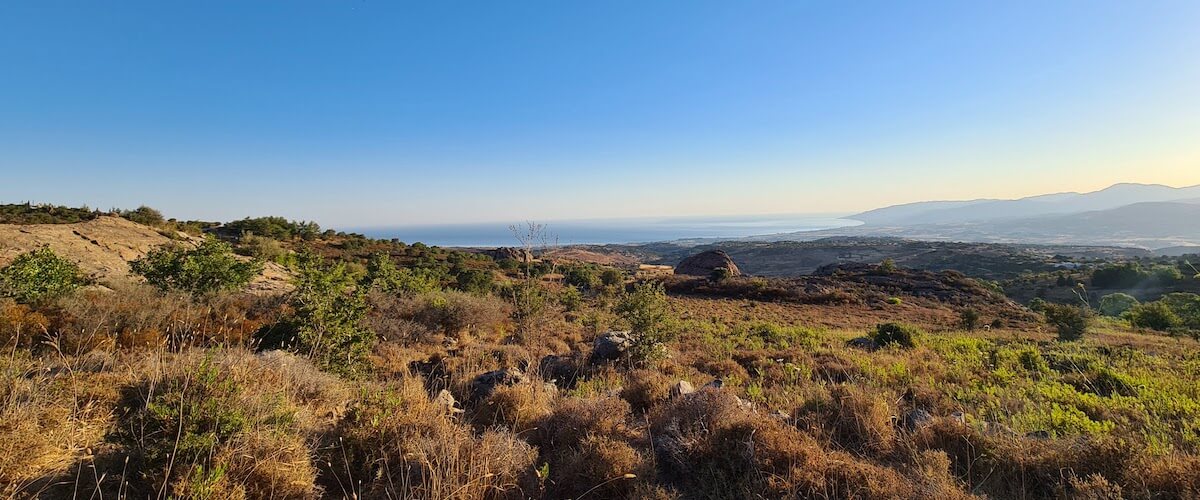
The village of Drouseia, rich in cultural and archaeological monuments, has a remarkable history. During the British rule (1878-1960), it was a large village with many urban functions (there was a police station, a forestry station, health services etc.). A school had been operating in Drouseia since 1870.
With a population of around 500 inhabitants (2022), Drouseia has preserved its traditional architecture and its traditional professions, such as agriculture, livestock-breeding and viticulture through the centuries. Of course, the traditional occupations have been largely affected by the tourism industry. Today in the village you can find many hotels, agrotourism complexes and traditional taverns.
The churches of the village include Agios Ioannis, Agios Loukas, the church of Agios Epiphanios, the cave of Agios Ampelis, Agios Kononas, and the chapel of Agios Georgios, which is part of the ancient monastery of Agios Georgios Nikoxylitis.
The ancient monastery of Agios Georgios Nikoxfylitis, which dates back at least to the 15th century, was among the richest monasteries in Cyprus, with a large estate. The monastery was destroyed by fire during the Turkish occupation, with only the church of Agios Georgios remaining, which was renovated in 1923. Some icons of this ancient monastery are now located in the church of Agios Epiphanios.
Drouseia also has two notable museums the weaving museum and the Akamas regional museum of rural Life.

Drouseia has two notable museums the weaving museum and the Akamas regional museum of rural Life.




Mon-Sat: 10:00 – 15:00
Sun: closed